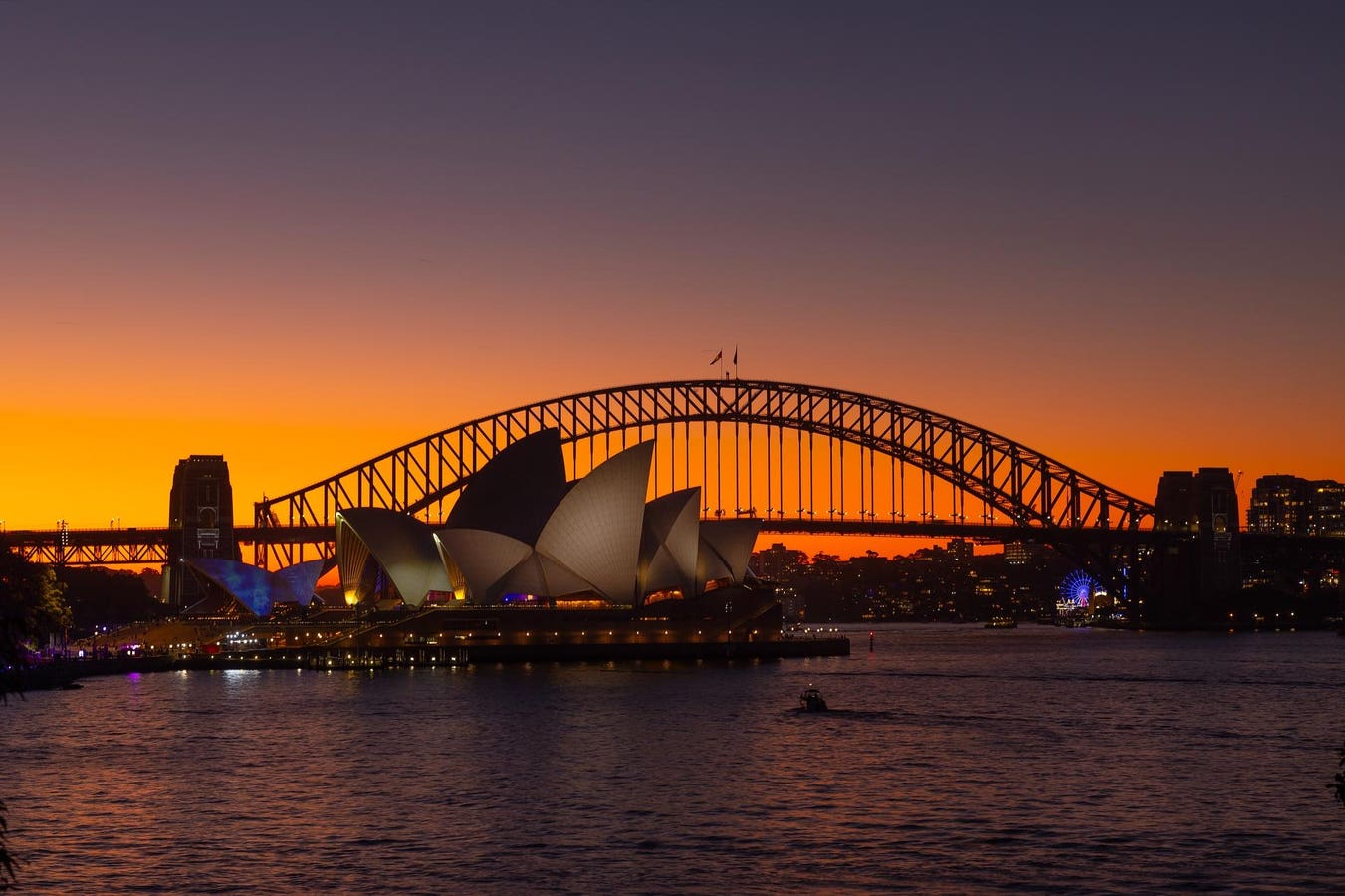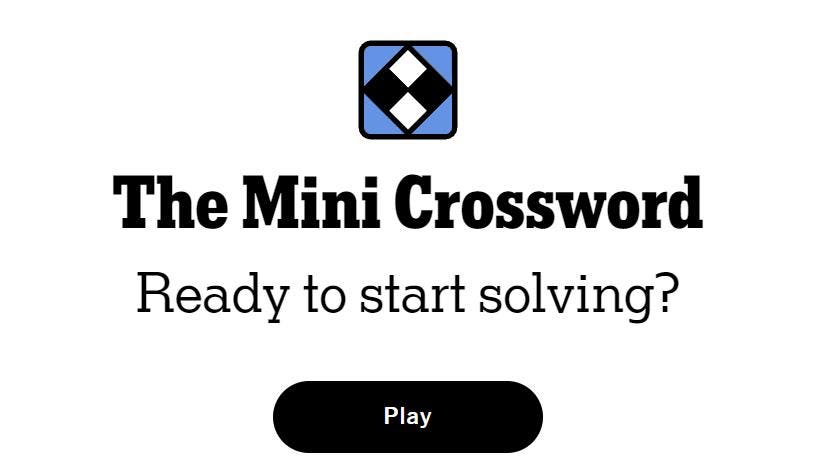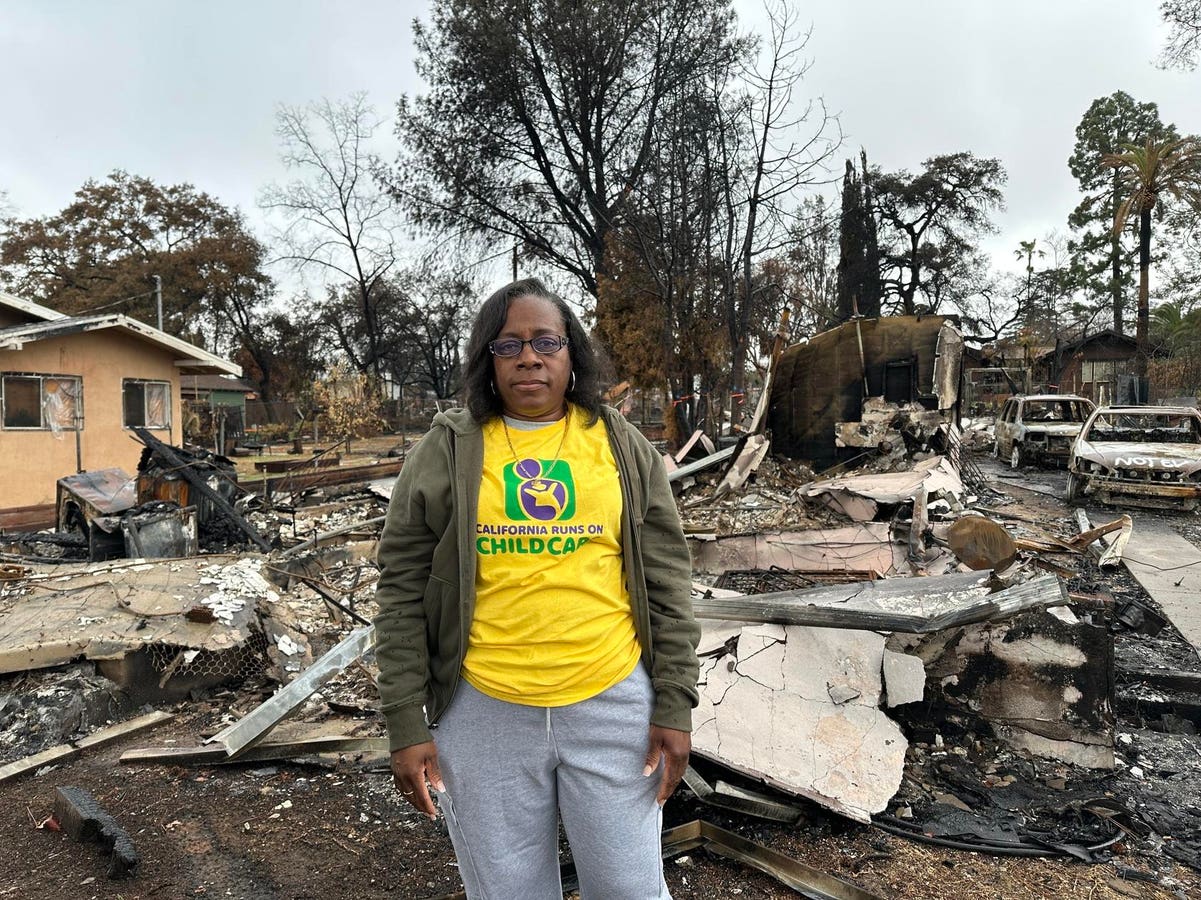The sun sets behind the Sydney Harbour Bridge and the Sydney Opera House before the lights come on … More
There’s a trio of incredible total solar eclipses coming, with as much as 13 minutes of totality possible within less than two years in some of the world’s most attractive locations.
On Aug. 12, 2026, Greenland, Iceland and northern Spain see totality. It happens again on Aug. 2, 2027, in southern Spain and across North Africa, including temple-filled Luxor in Egypt. Given that booking early is essential since North America woke up to total solar eclipses in 2017 and 2024, most eclipse chasers will have made detailed plans for both of those events by now, but few will have thought much about the eclipse that ends the spectacular run — a long totality on July 22, 2028, in Australia and New Zealand.
The Astronomical Society of Australia has recently published a website about the 2028 eclipse, which includes a countdown timer and advice on safely watching the eclipse. Here’s what you need to know.
Extreme tidal range shown here at low tide as found on Bigge Island, Kimberley, Western Australia, … More
Eclipse 2028 Will Cross Two Countries, Four Landmasses
On Saturday, July 22, 2028, a path of totality 143 miles (230 kilometers) wide will cross Christmas Island and the Cocos (Keeling) Islands (both territories of Australia), Australia and New Zealand.
In Australia, the path crosses from northwest to southeast, entering at Bigge Island on the Kimberly coast in Western Australia and exiting at Sydney in New South Wales.
Eclipse 2028 Will Plunge Iconic Landmarks Into Totality
Totality will be visible across Sydney and its suburbs — its first total solar eclipse since 1857 and last until 2858. Sydney Opera House and Harbour Bridge will both go dark, providing iconic silhouettes during totality, as will Anzac Bridge, Darling Harbour and the Bondi to Coogee coast. It’s a rare chance for eclipse photographers to capture urban eclipse imagery.
Other landmarks on the path include the Bungle Bungle Range in Purnululu National Park, Western Australia, Karlu Karlu (Devils Marbles) in the Northern Territory, and Siding Springs Observatory in Warrumbungle, New South Wales.
The path of the total solar eclipse on July 22, 2028.
Eclipse 2028’s Totality Will Be Longest In Western Australia
The mathematical point of maximum eclipse is 5 minutes 10 seconds totality in a very remote area of Western Australia. However, the closest accessible areas — islands to the west off the Kimberly coast and the region to the east close to Lake Argyle — both offer 5 minutes and 3-4 seconds, which is the maximum that can practically be experienced thanks to the bumpy profile of the moon’s shadow.
Clear Skies Are More Likely Away From Sydney For Eclipse 2028
It may be an iconic destination and where most people experience this eclipse (almost all of the 6.3 million people in the path live in Sydney), but the chances of a clear sky in Sydney during mid-winter are a lot smaller than in remote Outback regions. According to Timeanddate.com, Christmas Island has a 65% chance of cloud, Cocos Islands 57% and Sydney 47%. Meanwhile, the Kimberly Coast and Western Australia are 7%, and the Northern Territory is around 20%. The chance of cloud gradually increases as the path approaches Sydney.
City of Dunedin at Dusk – sunset. High angle view.
Eclipse 2028 Will End Dramatically In New Zealand
The eclipse path also crosses New Zealand’s South Island, where there’s around a 60-70% chance of cloud. It will be the country’s first total solar eclipse since 1965. Remarkably, the centerline of the path — where totality lasts just shy of three minutes — passes over tourist mecca Queenstown and Dunedin. However, from New Zealand, the eclipse will happen just 11 degrees above the northwestern horizon, making sightlines difficult. Observing locations will need to be checked out in advance very carefully to avoid missing the magical moments.
New Zealand will also have a fabulous “ring of fire” annular solar eclipse on Mar. 9, 2035, followed by another total solar eclipse on Jul. 13, 2037.
Wishing you clear skies and wide eyes.









